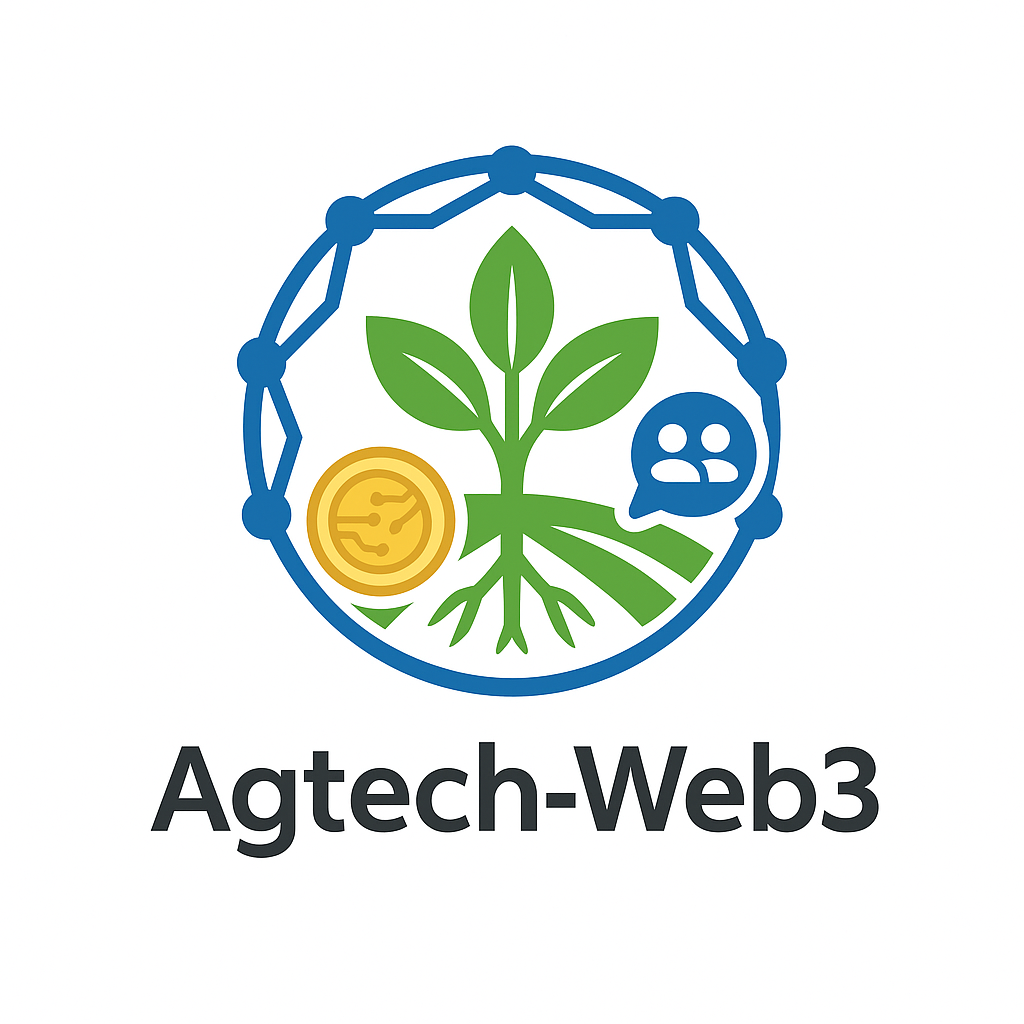Artificial Intelligence for predictive analytics
Artificial Intelligence transforms irrigation and crop monitoring from reactive to predictive. Machine learning forecasts crop stress, optimises watering, and guides precise treatment using drones, pictures and sensors. It automates insights, maintenance, and market decisions, boosting yields and sustainability. AI-equipped farms reduce costs, increase efficiency, and adapt continuously for a food-secure future.
Integrating Artificial Intelligence into real-time plant-production and irrigation monitoring elevates the system from descriptive to prescriptive, redefining how growers manage every square metre of farmland. Machine-learning algorithms can synthesise years of sensor, weather and satellite data to predict crop stress days before visible symptoms appear, enabling proactive interventions that save yields rather than merely documenting losses. AI-driven irrigation engines continuously recalculate optimal watering volumes for each zone, balancing forecast rainfall, evapotranspiration, soil variability and electricity tariffs to deliver centimetre-accurate precision and double-digit water savings.
Computer-vision models, fed by drones or fixed cameras, detect weeds, nutrient deficiencies and emerging pest hotspots, directing targeted treatments that slash chemical use and protect pollinators. As data accumulates, reinforcement-learning models fine-tune fertiliser blends, planting densities and harvest windows, compounding gains season after season.
Beyond the field, AI converts raw datasets into plain-language insights, intuitive dashboards and automated compliance reports, freeing managers from spreadsheet drudgery and empowering quick, evidence-based decisions. Predictive maintenance modules forecast pump or pivot failures before they halt irrigation, preventing costly downtime. When integrated with market analytics, the platform can even recommend harvest timing or storage strategies that maximise revenue. Insurers and lenders, presented with verifiable AI-generated risk scores, reward producers with lower premiums and better financing. In a climate-constrained, margin-tight world, this fusion of sensors and intelligence transforms agriculture from reactive art into resilient, data-optimised science—unlocking higher yields, lower inputs and a demonstrably lighter environmental footprint. Ultimately, farms equipped with AI become living laboratories, continuously learning, adapting, and feeding a more food-secure and sustainable world.

